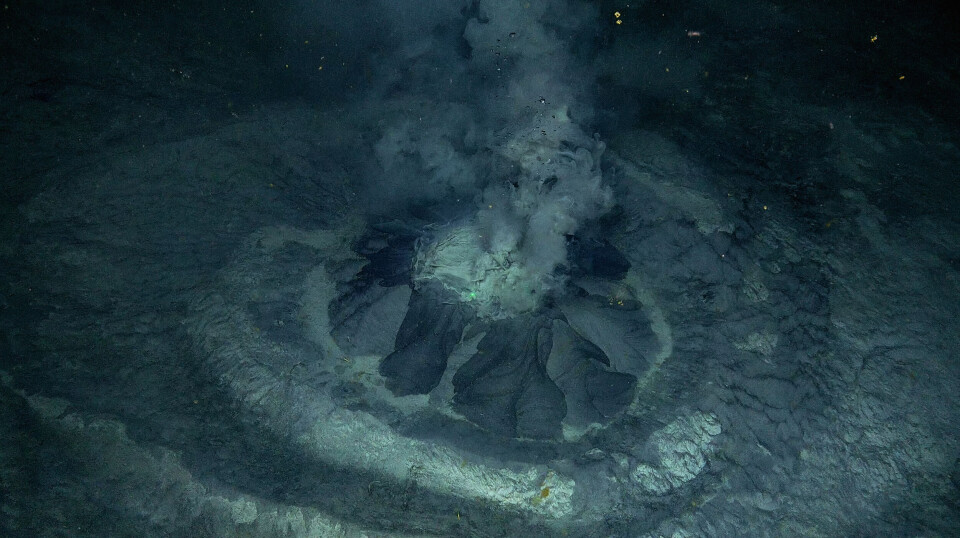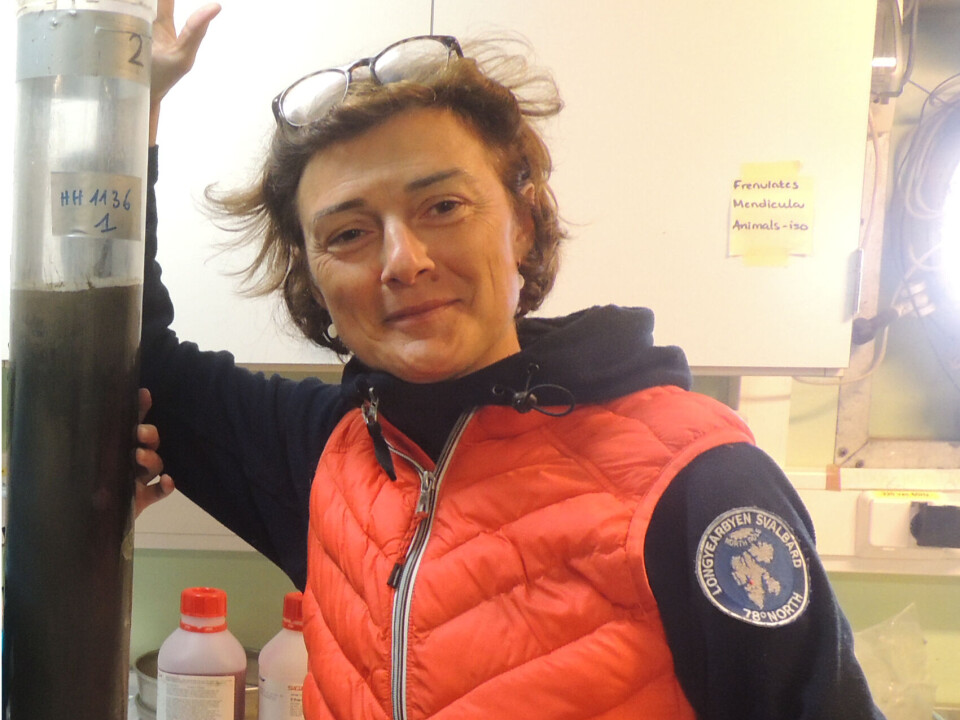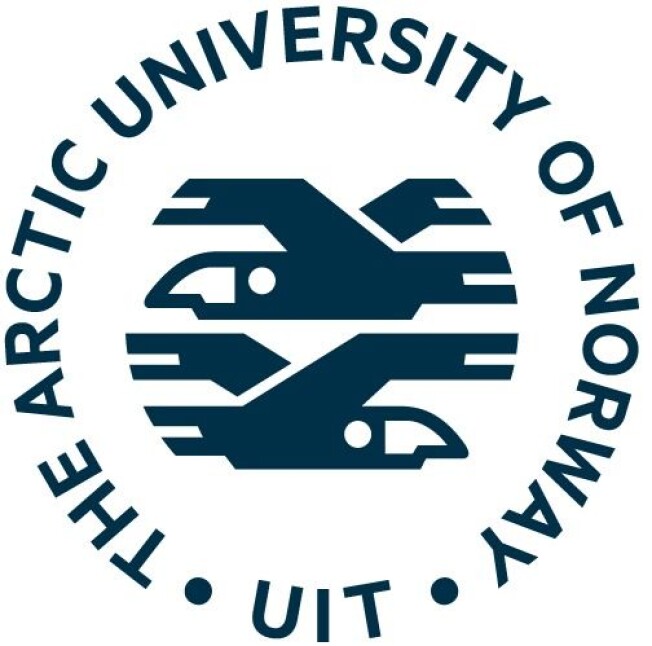THIS ARTICLE/PRESS RELEASE IS PAID FOR AND PRESENTED BY UiT The Arctic University of Norway - read more

New volcano discovered in the Barents Sea
A unique new volcano has been discovered at 400 metres depth in the Barents Sea. The volcano erupts mud, fluids, and gas from the planet's interior, giving new insight to Earth science.
Researchers from UiT the Arctic University of Norway have, in partnership with REV Ocean, discovered a mud volcano.
This is the second ever mud volcano found within Norwegian waters. The volcano was discovered on May 7, 2023, and has been named Borealis Mud Volcano.
This unusual geological phenomenon was discovered onboard the research vessel Kronprins Haakon with the piloted submersible vehicle ROV Aurora in the Southwestern Barents Sea at the outer part of Bjørnøyrenna (Outer Bear Island Trough).
It lies approximately 70 nautical miles south of Bear Island and at a depth of 400 metres.
"Seeing an underwater mud eruption in real time reminded me how alive our planet is," Professor Giuliana Panieri, expedition leader and principal investigator of the project, says.
Emits methane
The newly discovered volcano rests inside a crater which is approximately 300 metres wide and 25 metres deep.
The volcano is most likely the result of a catastrophic, natural blow out that abruptly released massive amounts of methane just after the last glaciation period, 18,000 years ago.

The Borealis Mud Volcano, which is about 7 metres in diameter and 2.5 metres high, continuously emits fluids rich in methane. Methane is a highly potent greenhouse gas when it reaches the atmosphere.
This discovery will help researchers understand the potential impact of localised but persistent phenomena on the global methane budget and its impacts on ecosystems.
"We do not exclude the possibility of discovering other mud volcanoes in the Barents Sea. It is only thanks to collaborative teamwork and advanced technology that we can make such discoveries,” Panieri says.
Hidden treasures
The only previously known mud volcano existing in Norwegian waters is the Håkon Mosby Mud Volcano that was discovered in 1995. It is located at a depth of 1,250 metres on the seabed south of Svalbard at 72°N.
These peculiar volcanos are direct windows into the Earth's interior as they predominantly erupt water and fine sediments from depths ranging from several hundred metres to a few kilometres.

They provide a window into past environments that have existed on Earth.
"Understanding the evolution and composition of fluids helps us comprehend their potential impact on the global methane budget. They can provide insights into what happens on other planets," Panieri says.
The crater in the newly discovered volcano hosts a rich community of seabed life, thriving on the steep slopes of the carbonate crusts. They were formed several thousands of years ago.
This unique habitat includes sea anemones, sponges, carnivorous sponges, sea stars, corals, sea spiders, and crustaceans.
Within the crater, there are also areas with bristle worms and extensive mats of bacteria.
“Exploring the ocean floor and discovering new methane seeps is like finding hidden treasures. It's full of surprises. We have found thousands of seeps. Yet, every time we go down to the ocean floor, we come away with a feeling that we are just beginning to understand the vastness and incredible diversity of seep systems,” Professor Stefan Buenz says. He also contributed as the expedition co-leader.
Refuge from human impacts
“During this expedition, we have discovered that these blow-out craters are unique refuges from human impacts like trawling for fragile marine animals like corals and sponges,” Alex Rogers says.
He is the science director of Ocean Census and REV Ocean. He also participated in the expedition.
“It has been an honour to be part of this very international team of students and scientists. I joined the expedition to operate a new real-time methane instrument, but it has been incredible to explore these beautiful habitats," Beckett Colson, a researcher at Woods Hole Oceanographic Institution (WHOI), says.
“As a student that studied and saw mud volcanoes only on land, seeing one on the seafloor was an amazing experience. You could sense the surprise, excitement, and happiness spreading from the team the exact moment we saw it on screen. My first thought was, 'I want to go down there and stick my arm in it!'," Irene Viola, an Erasmus student at UiT, says.

This article/press release is paid for and presented by UiT The Arctic University of Norway
This content is created by UiT's communication staff, who use this platform to communicate science and share results from research with the public. UiT The Arctic University of Norway is one of more than 80 owners of ScienceNorway.no. Read more here.
See more content from UiT:
-
AI can help detect heart diseases more quickly
-
Why does Norway need its own AI law?
-
Researchers reveal a fascinating catch from the depths of the sea
-
How can we protect newborn babies from dangerous germs?
-
This is how AI can contribute to faster treatment of lung cancer
-
Newly identified bacterium named after the Northern Lights is resistant to antibiotics




































